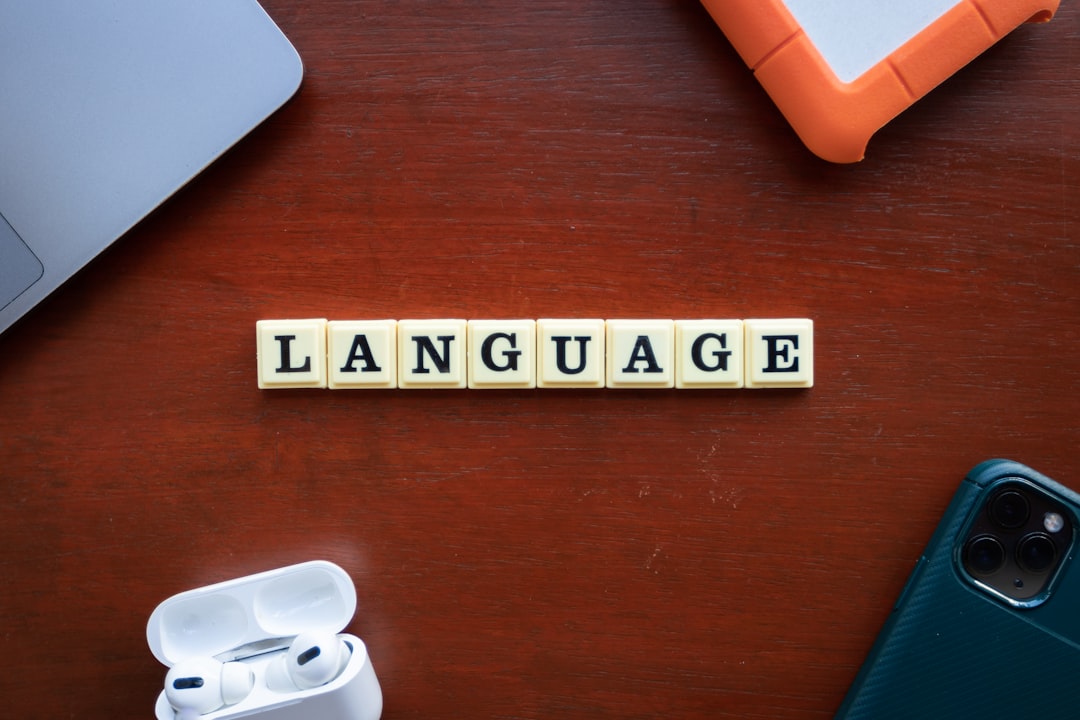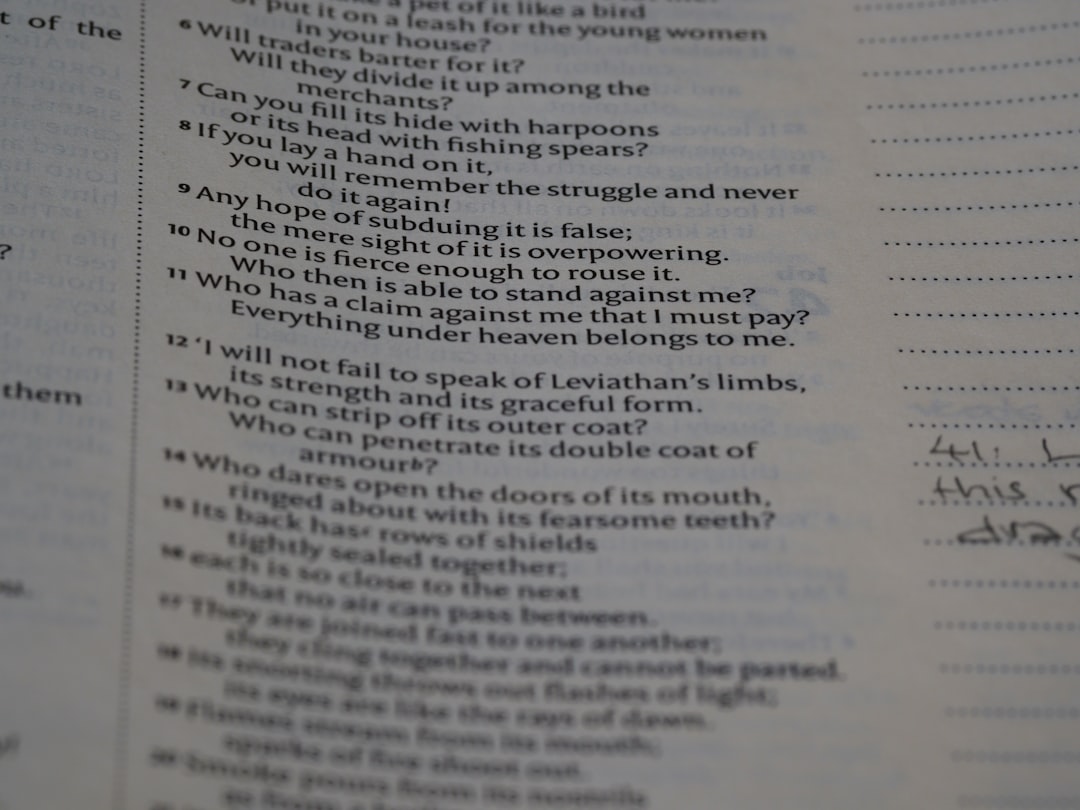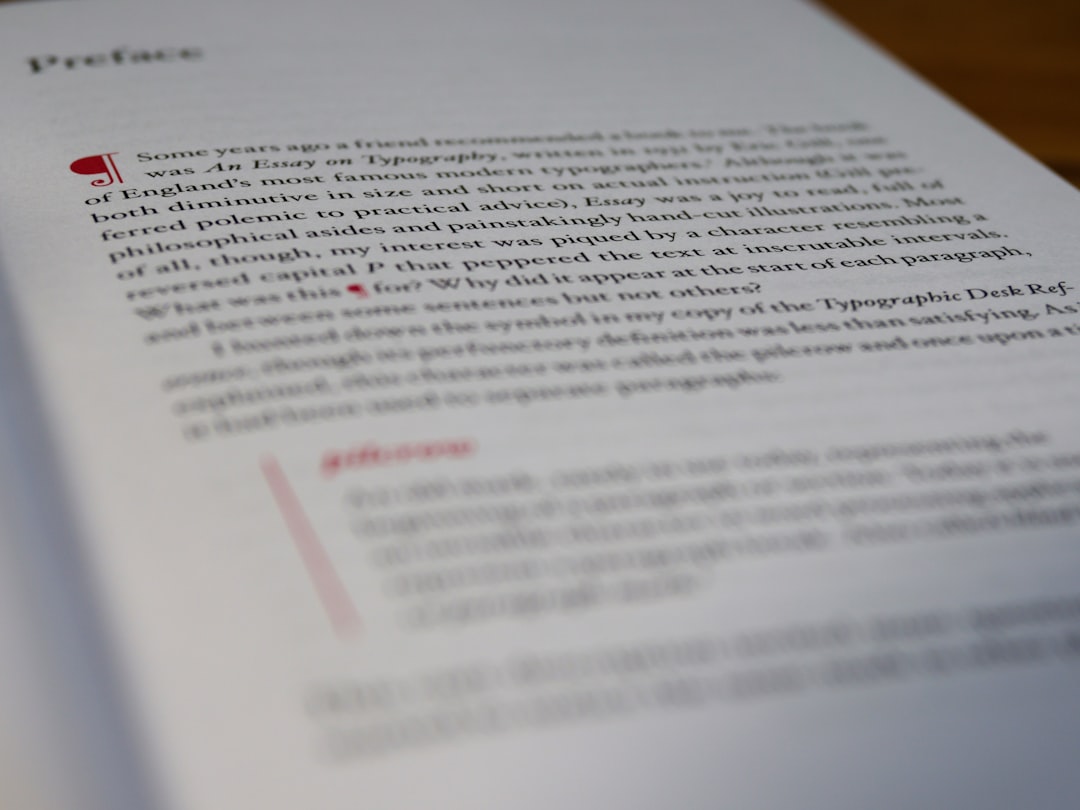Ever wondered if a translation is really good? Whether it’s for a website, a marketing campaign, or subtitles in your favorite show, translation quality matters more than you think. A poor translation can confuse readers, give the wrong message, or even be laughably off. But don’t worry—we’ve built a simple, fun checklist to help you evaluate translation quality. Let’s dive in!
Here’s your 8-Point Translation Quality Checklist:
-
1. Is the Meaning Accurate?
Start with the most important part—does it say the same thing? Read both the original and the translation. Ask: “Would someone understand the same idea from both?” If the message changes, the quality isn’t there.

-
2. Is the Tone Right?
A good translation keeps the same tone. Is it formal, casual, friendly, or professional? The feeling should match the original. For example, ad copy should stay fun and persuasive—not become stiff and robotic.
-
3. Is Grammar On Point?
No one likes typos or bad grammar. Look for correct punctuation, sentence structure, and verb tenses. If the grammar is off, that’s a red flag. A great translation reads smoothly and naturally.
-
4. Does It Sound Natural?
Read it out loud. Would a native speaker say it that way? If not, it might be a word-by-word translation. That’s not helpful. The language should flow, not stumble like a robot learning phrases.
-
5. Are Idioms and Expressions Translated Appropriately?
Idioms can be tricky! “Kick the bucket” doesn’t mean anything about feet. A great translator finds an equivalent expression in the target language—or rewrites it so it makes sense.

-
6. Is Culture Considered?
Culture matters in translation. Does the translation use local examples, humor, or references? It should feel like it was written for the new audience, not just pasted from Google Translate.
-
7. Are Technical Terms Used Correctly?
If the text is about medicine, law, or tech, the translator needs to be familiar with industry terms. Just translating “CPU” as “potato chip” (yes, it’s happened) could cause real problems!
-
8. Was It Reviewed or Proofread?
Even the best translators make mistakes sometimes. That’s why a second set of eyes is golden. Ask if someone proofread the translation. A polished translation usually has gone through some checks.
Bonus Tip: Trust Your Gut!
If something feels odd or funny when reading the translation, it probably is. Don’t ignore that little voice saying, “Wait… is that right?” Use this list to check and be sure.

So, Why Does This Matter?
Because bad translations make everyone cringe. Good ones connect people, build trust, and make things clear. Whether you’re reading it or reviewing it, use this checklist to recognize quality when you see it!
